Dive into the rich history of Cahir Castle, an impressive fortress in Co. Tipperary, Ireland, and explore its fascinating past, strategic location, and role in Irish history.
The Origins of Cahir Castle
Cahir Castle, located in the picturesque town of Cahir in County Tipperary, Ireland, is a remarkable fortress with a storied past. Built on a rocky island in the River Suir, this medieval stronghold is an impressive example of Irish military architecture. To appreciate the history of Cahir Castle, it’s essential to understand its origins, its strategic significance, and the role it played in the power struggles of the Irish nobility.
The Founding of Cahir Castle
The history of Cahir Castle dates back to the 12th century when Conor O’Brien, the King of Thomond, built a wooden structure on the site. In 1142, the O’Brien family gifted the castle to the powerful Butler family, who would come to shape its destiny for centuries to come. The Butlers, originally from England, were key players in Irish politics and held extensive lands across Ireland.
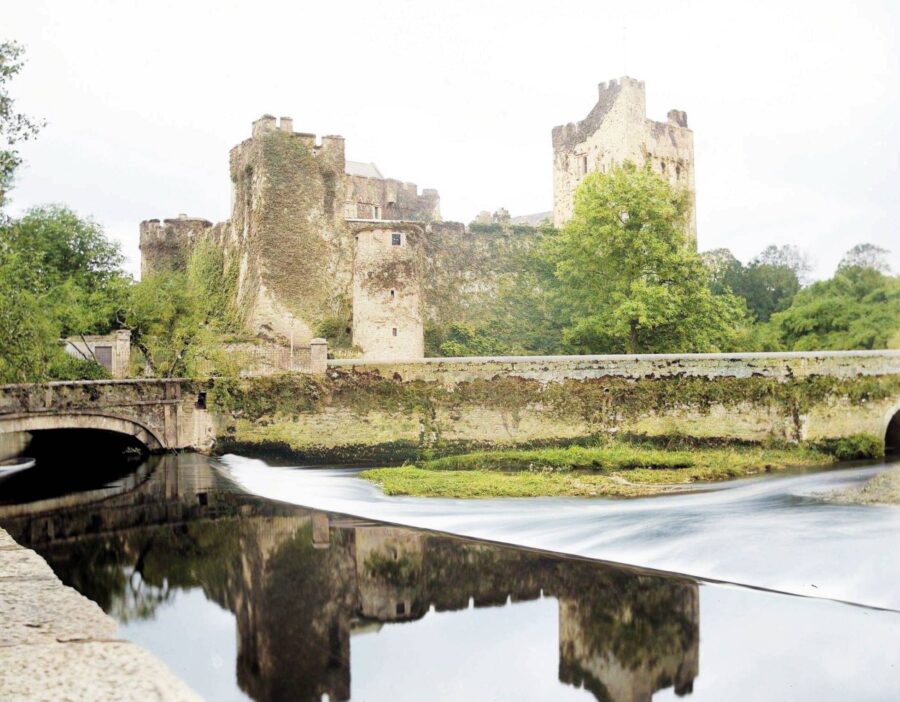
The Butler Dynasty and Cahir Castle
Under the stewardship of the Butler family, the wooden fortress was replaced with a stone structure, and the castle was expanded in stages over the following centuries. The first significant construction phase took place in the late 13th century under the guidance of Thomas Butler, also known as “Black Tom,” who was responsible for the imposing tower house that still dominates the castle today.
The Great Hall and the Tower House
The Great Hall, one of the most significant additions to Cahir Castle, was built in the early 15th century. This spacious room served as the primary living and entertaining space for the Butler family and their guests. The Tower House, on the other hand, provided a secure residential space for the family, as well as serving a crucial defensive purpose.
Outer Defenses and the Curtain Wall
In the 15th and 16th centuries, the Butler family continued to invest in the expansion and fortification of Cahir Castle. The castle’s outer defenses, which included a curtain wall, a gatehouse, and a drawbridge, were constructed during this period. These new fortifications made Cahir Castle one of the most formidable strongholds in Ireland.
Cahir Castle in Times of Conflict
Cahir Castle’s strategic location and impressive defenses made it a prized possession during various conflicts in Irish history. From the Anglo-Norman invasion to the Elizabethan wars and the Cromwellian conquest, the castle’s walls bore witness to numerous sieges and power struggles.
The Anglo-Norman Invasion
The Anglo-Norman invasion of Ireland in the late 12th century marked a significant turning point in the history of Cahir Castle. As the Butler family sided with the invaders, they were rewarded with extensive lands and titles, further cementing their position as key power players in the region.
The Elizabethan Wars
The late 16th century saw Cahir Castle embroiled in the Elizabethan wars, a series of conflicts between the English crown and Irish chieftains. In 1599, during the Nine Years’ War, the castle was besieged by the Earl of Essex, a commander of the English forces. After a brief but fierce battle, the castle’s defenders surrendered, and Cahir Castle was occupied by English troops.
The Cromwellian Conquest
Cahir Castle’s most famous siege took place in 1650, during the Cromwellian conquest of Ireland. Oliver Cromwell, the leader of the English Parliamentarian forces, targeted Cahir Castle as part of his campaign to suppress Irish resistance. Despite its formidable defenses, the castle fell to Cromwell’s army after a brief but intense bombardment. The damage inflicted on the castle during this siege is still evident today, particularly in the battered walls and the partially collapsed Tower House.
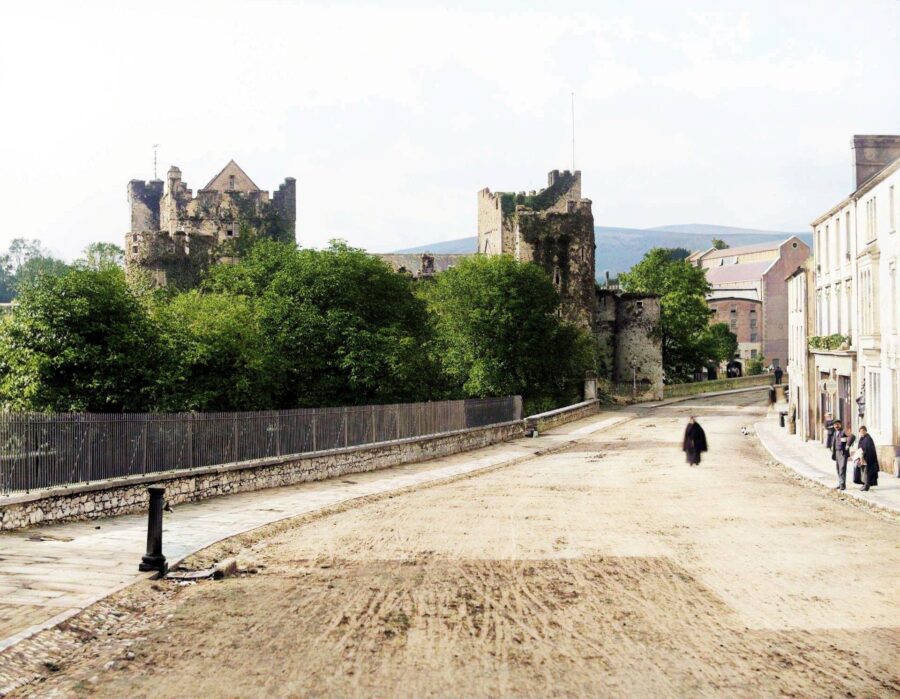
The Restoration and Preservation of Cahir Castle
Following the turbulence of the 17th century, Cahir Castle entered a period of decline. The castle was no longer the primary residence of the Butler family, who had moved to more comfortable lodgings at Cahir House. As a result, the once-magnificent fortress began to fall into disrepair.
The Antiquarian Movement and Cahir Castle
In the 19th century, the antiquarian movement, which sought to preserve and study the architectural heritage of the past, gained momentum in Ireland. This movement spurred a renewed interest in Cahir Castle and helped to save it from complete ruin. The first significant restoration project took place in 1840 when the castle’s Great Hall was restored to its former glory.
The Office of Public Works and Cahir Castle
The Irish government took an active role in preserving the country’s historic sites in the 20th century. In 1961, Cahir Castle was acquired by the Office of Public Works (OPW) and underwent extensive restoration and conservation work. Today, the OPW continues to maintain and manage the castle, ensuring that it remains accessible and well-preserved for future generations.
Visiting Cahir Castle Today
Cahir Castle has become a popular tourist attraction, drawing thousands of visitors each year. The castle’s well-preserved architecture, informative exhibits, and stunning surroundings make it an essential destination for anyone interested in Irish history.
Guided Tours and Self-Guided Exploration
Visitors to Cahir Castle can choose between guided tours and self-guided exploration. The guided tours, led by knowledgeable guides, delve into the castle’s fascinating history and provide valuable insights into the lives of its former residents. For those who prefer a more independent experience, self-guided tours are also available, allowing visitors to explore the castle at their own pace.
The Castle Grounds and River Walks
In addition to the castle itself, the picturesque grounds surrounding Cahir Castle are well worth exploring. The River Suir, which encircles the castle, offers lovely riverside walks with stunning views of the fortress. Visitors can also enjoy the charming Swiss Cottage, a nearby 19th-century folly, which is another popular attraction in the area.


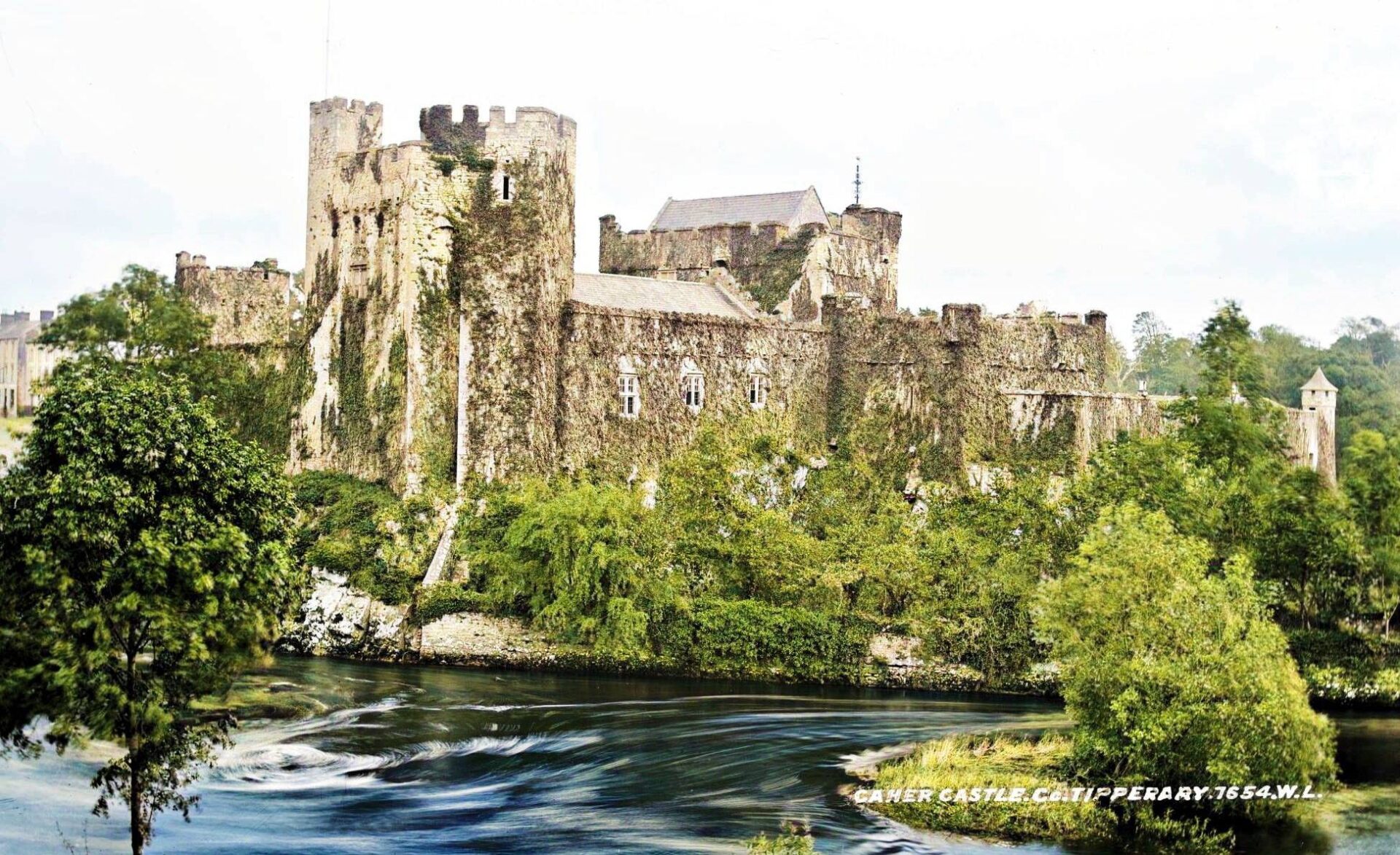
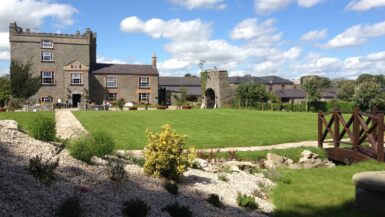

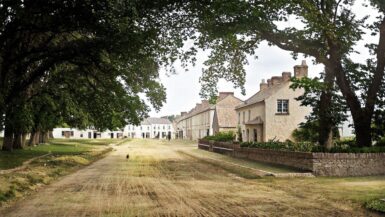
Leave a reply